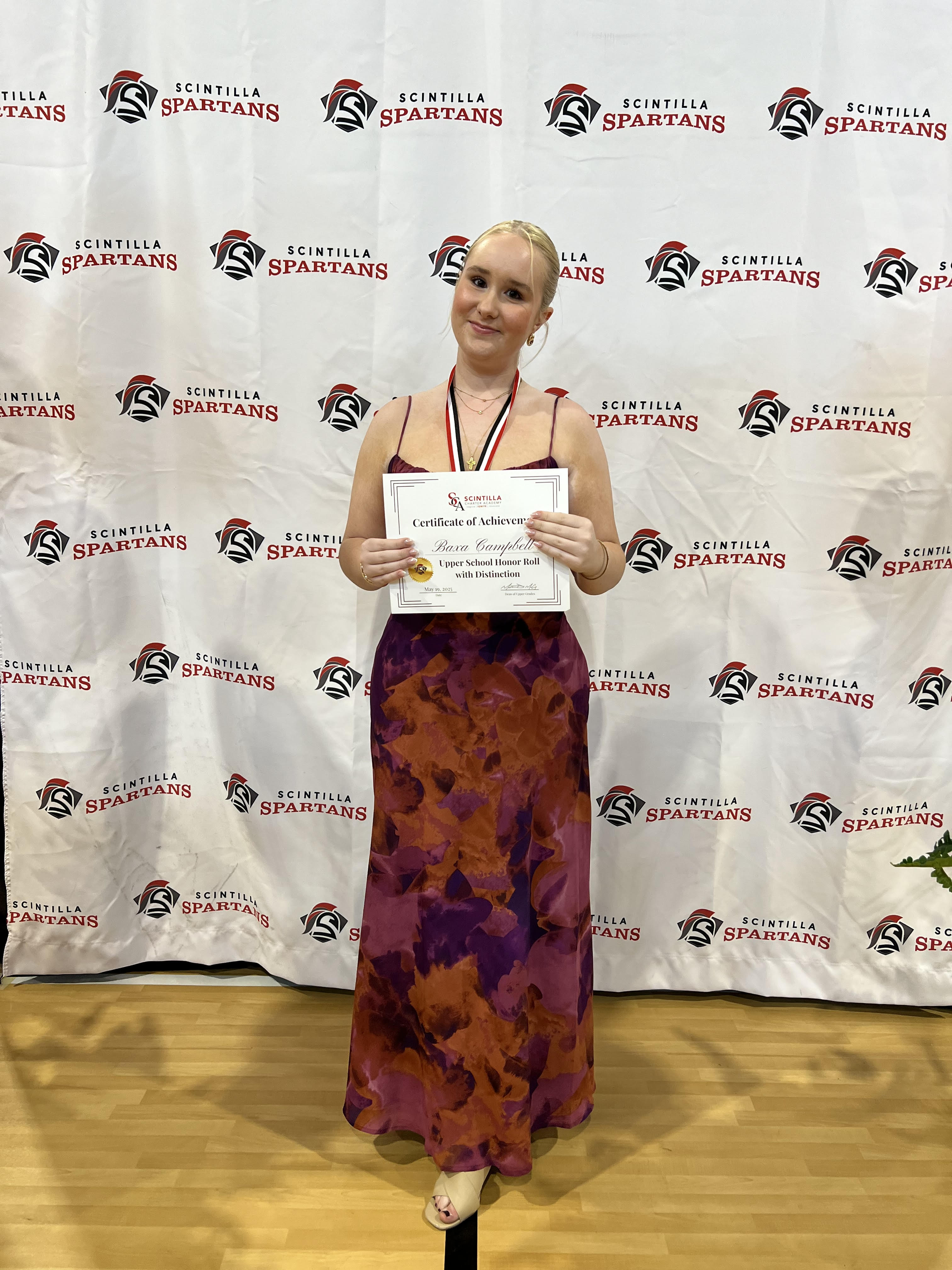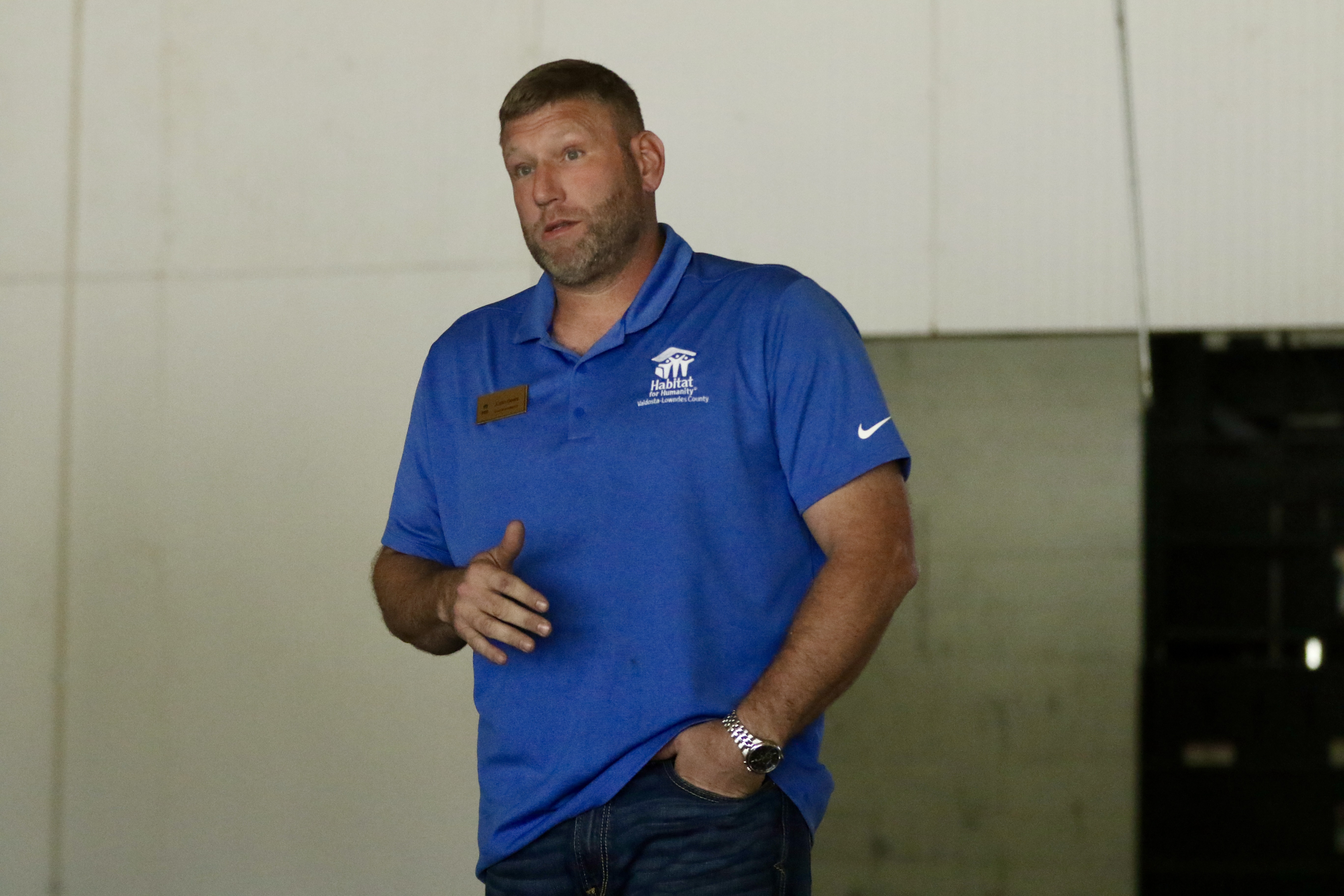Live Oak: Zoning board approves amended sign ordinance
Published 9:50 am Wednesday, March 20, 2013

- Chamber of Commerce President Dennis Cason with North Florida Printing Company Inc.'s Coy Howell, to the left.
The city of Live Oak’s development manager and local business owners reached an agreement on regulations for business signs and was approved by the Planning and Zoning Board Monday night. Now the amended sign ordinance must be presented before the Live Oak City Council for action.
According to Development Manager George Curtis, the current sign ordinance was first adopted in March of 2009 following five months of public hearings.
“The 2009 sign standards, while comprehensive in scope, have been a success story for the past 46 months,” said Curtis. “Several dozen applications have been processed by staff with positive results. All major developments or redevelopments in the city, as well as all state-wide sign vendors and installers, have had nothing but praise for the Building and Planning Departments in respect to their applications. Comments like ‘We wish all cities were as efficient and helpful as Live Oak’ are common place. Businesses still have ample opportunity to erect signage to identify their location, while safety and aesthetic standards were maintained.”
Many local business owners disagree.
Roy Guercio of Dairy Queen noted that it’s great that the vendors and installers have praised them for their efforts in providing great service, however, they’re not the ones opening a business or paying the fees.
The issue arose over two years ago when Guercio ran into unusual obstacles when trying to replace a sign for his business that had been there for years. Guercio, along with other Suwannee County Chamber of Commerce members and business owners, approached Chamber President Dennis Cason with these issues. A committee was then formed to assist the owners in resolving the matters with the ordinance.
At a joint meeting with the city council and business owners in November of 2012, Guercio informed the council that the issue had been going on for nearly two years at that time.
“We would do one review, and would go over it, but nothing would be set in stone. We would do a second review, go over it, and still nothing was done or changed. This just kept going on,” Guercio said.
Coy Howell of North Florida Printing Company Inc. told the Zoning Board that the city of Live Oak’s sign ordinance contained more restrictions than any of the surrounding cities.
“One of the biggest changes in the sign ordinance is it allows our businesses to advertise equally,” Howell said. “If you look back into the ordinance that is used right now, it is very restrictive on a business being able to advertise.”
An example that Howell gave the board was pennant flags, balloons and blow up figures that vehicle dealerships use to advertise a sale. Under the current ordinance, all of those items are prohibited.
“With the re-written code, it allows them (car dealerships) to do that for special sales to draw attention,” said Howell. “The whole idea behind having a sale is to draw attention for someone to come in their door and buy a product.”
“The biggest change that I see in the ordinance is that it allows businesses to advertise equally as if they were in Columbia County, Taylor County, Hamilton County, Lafayette County and Valdosta, Ga. All of their codes are a lot less restrictive than Live Oak. We looked at all of the codes of the surrounding counties and tried to make our code very similar in nature so if a business was in Taylor or a surrounding county and wanted to come to Suwannee, they would still have a very similar code and they would go by,” Howell said.
After a series of meetings, Curtis and the sign committee proposed an amended sign ordinance that was agreed upon by both parties at the Planning and Zoning Board meeting. The amended sign ordinance passed unanimously.
“It was basically a comprehensive overhaul,” said Curtis. “We took the existing text and went section by section, condensed and reduced it down so it would be easier to understand for business owners and removed things that were duplicated. We just didn’t spot pick things, we basically rewrote it completely.”
According to Curtis, the proposed ordinance includes these significant changes: “Any language which was duplicated within the standards or that is already found elsewhere would be eliminated; all existing language was evaluated and is proposed to be rewritten to be more easily understood; sections would be reordered so that important information was collectively found in the first few sections; additional allowances would be added for non-permanent (temporary) signage; additional provisions would be added to allow for community event related signage; standards for permanent on-premise signage would be expanded to allow for more square footage and height; the prohibited signage instances section would be reduced to allow more flexibility for certain types of signage; many more businesses would be allowed the possibility to erect electronic LED signage at their business locations; and the displays for electronic signage would be allowed to be full color, and also to include short animated video clips of up to 10 seconds in length.”
Curtis will present the ordinance to the city council at a later date for approval and must pass two public hearings before becoming law.





